-
 © Collecting Cars
© Collecting Cars -
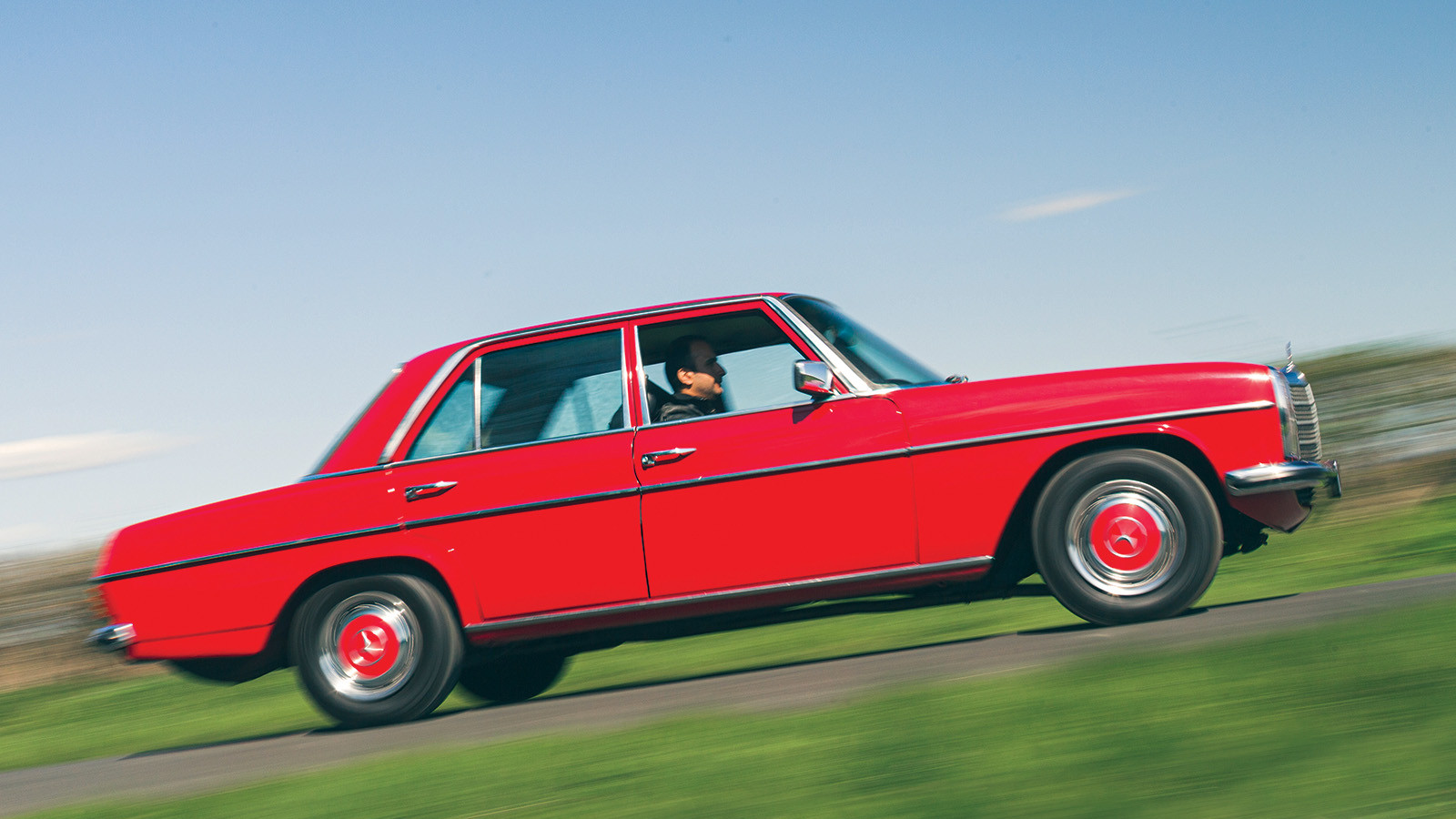 © Luc Lacey/Classic & Sports Car
© Luc Lacey/Classic & Sports Car -
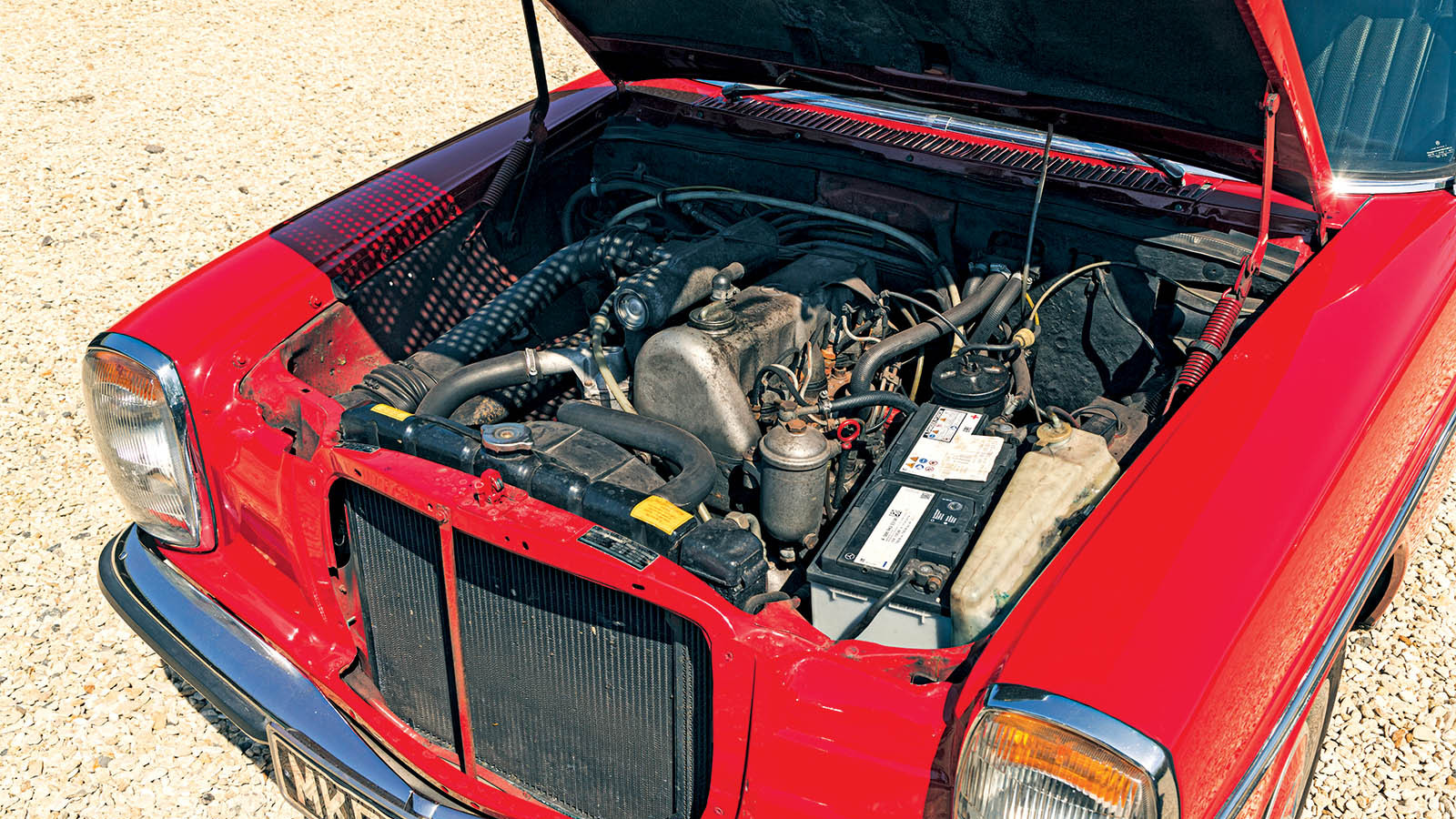 © Luc Lacey/Classic & Sports Car
© Luc Lacey/Classic & Sports Car -
 © Audi UK
© Audi UK -
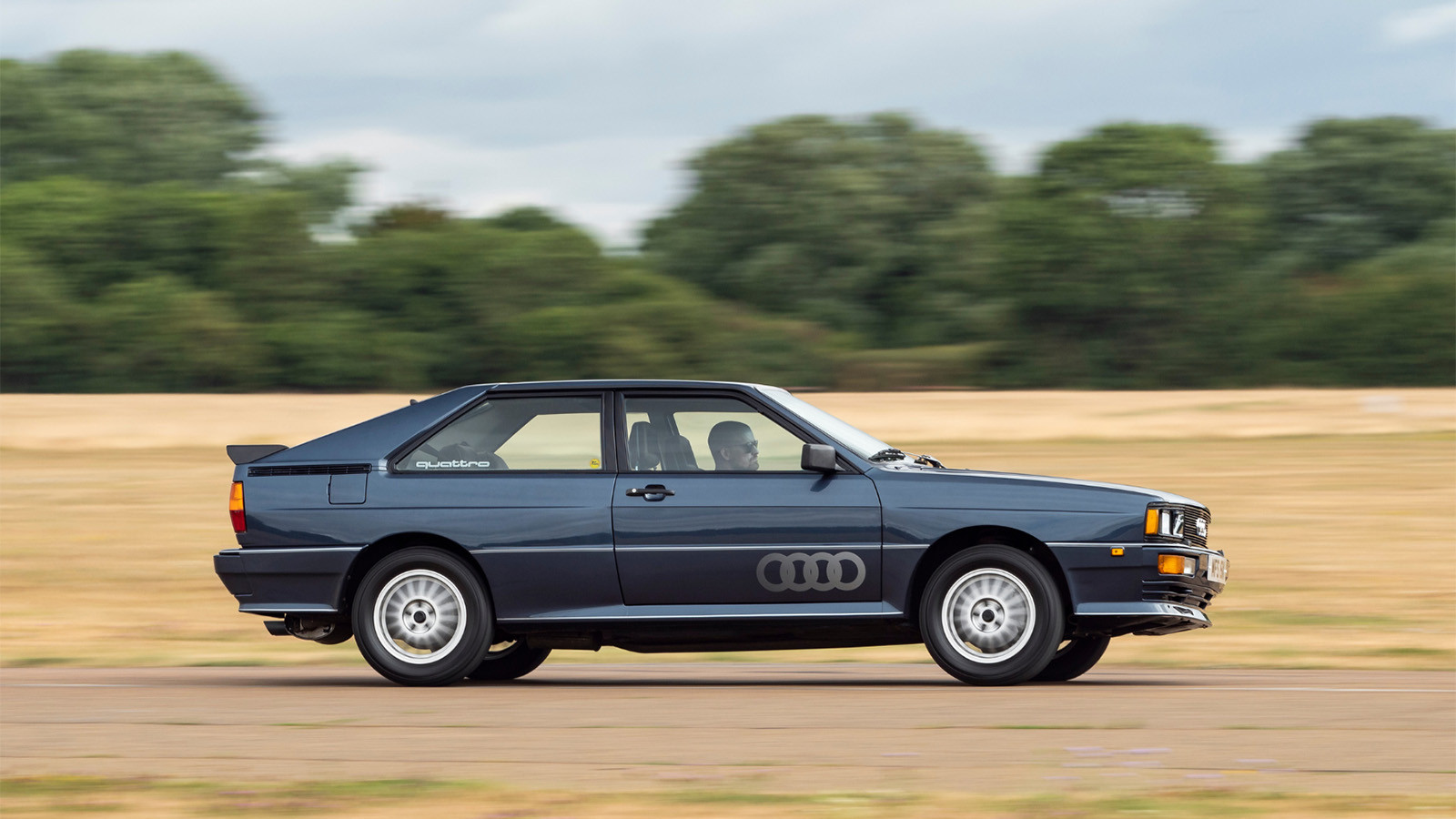 © Audi UK
© Audi UK -
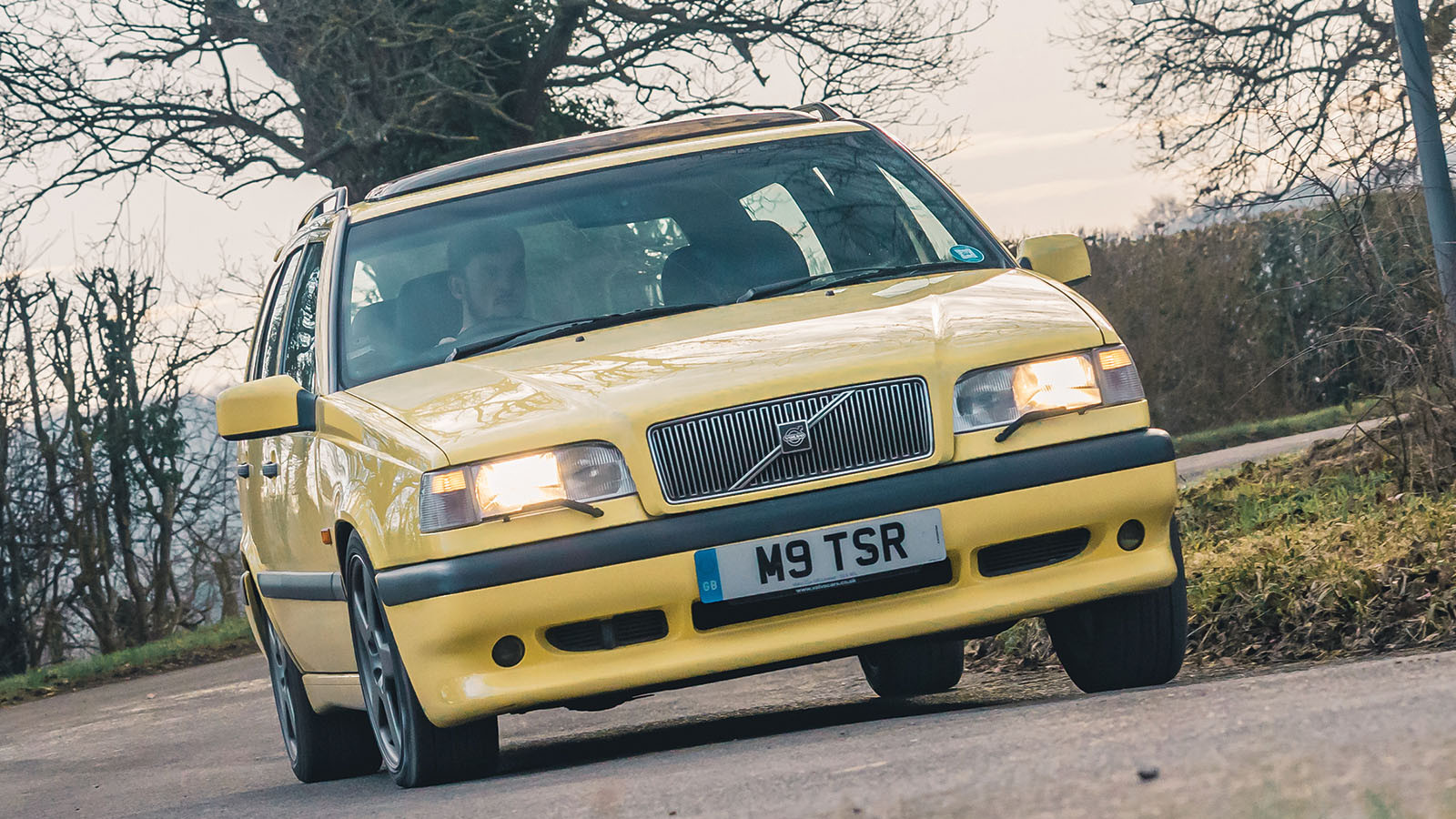 © Max Edleston/Classic & Sports Car
© Max Edleston/Classic & Sports Car -
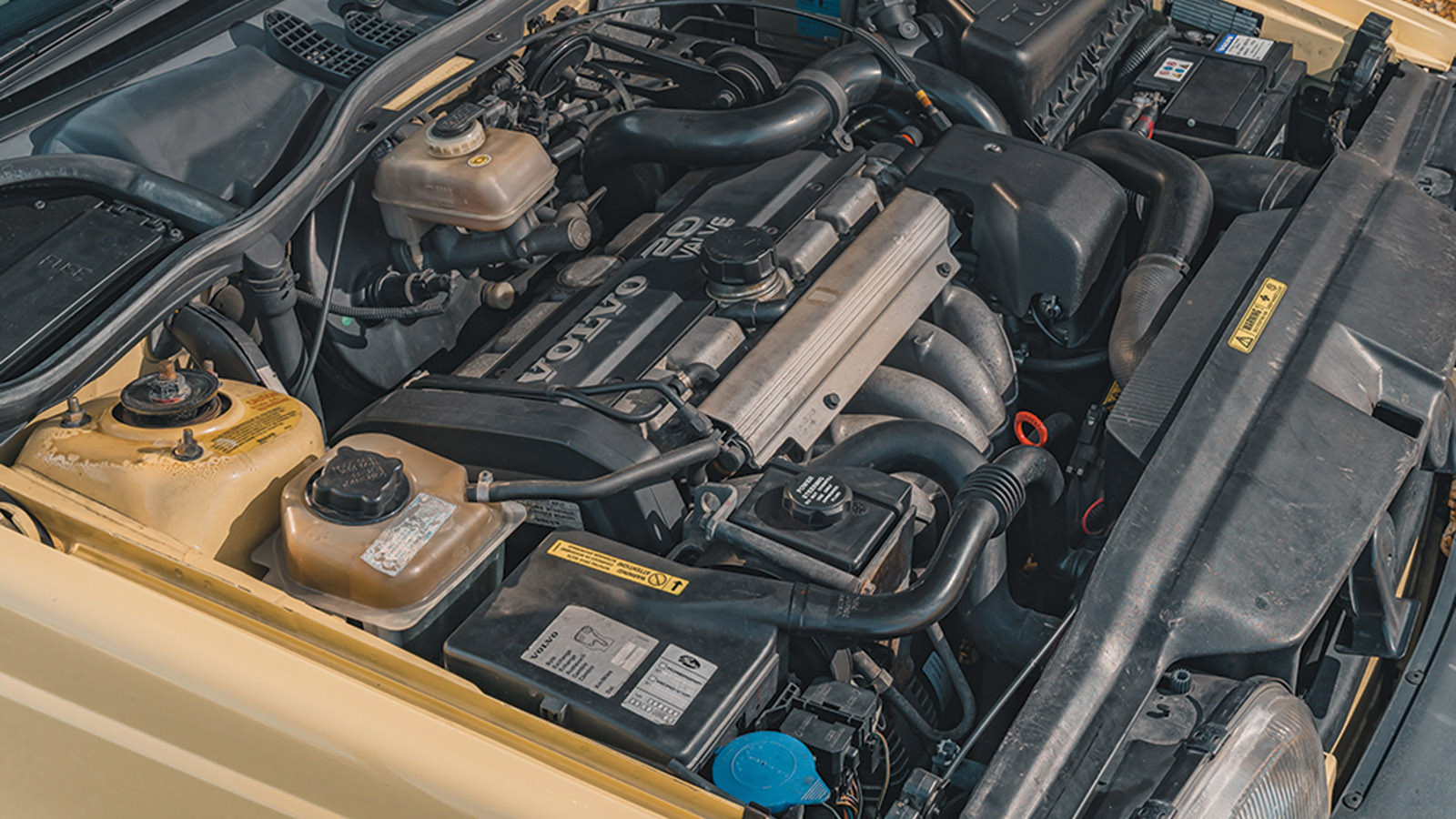 © Max Edleston/Classic & Sports Car
© Max Edleston/Classic & Sports Car -
 © Audi UK
© Audi UK -
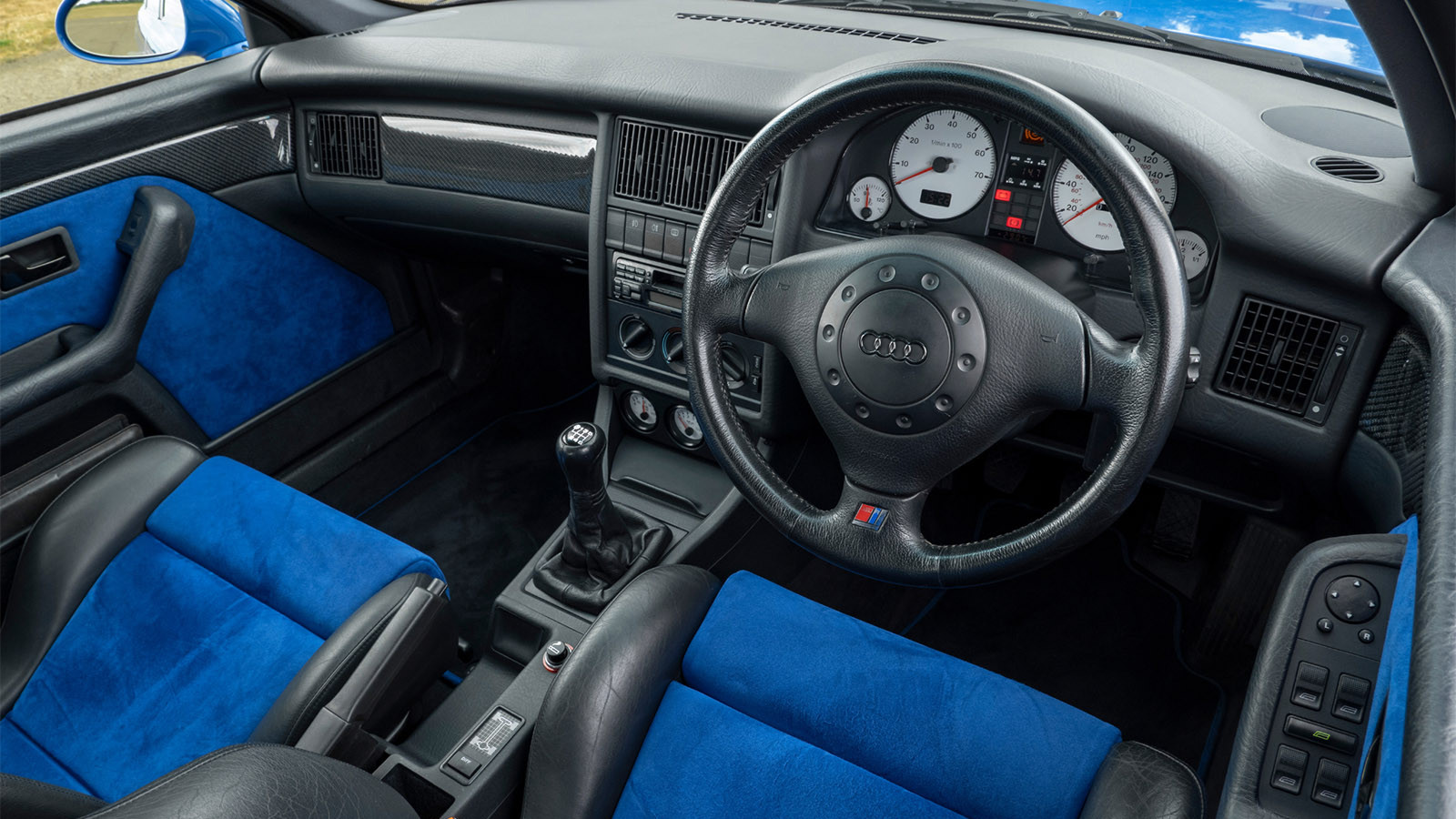 © Audi UK
© Audi UK -
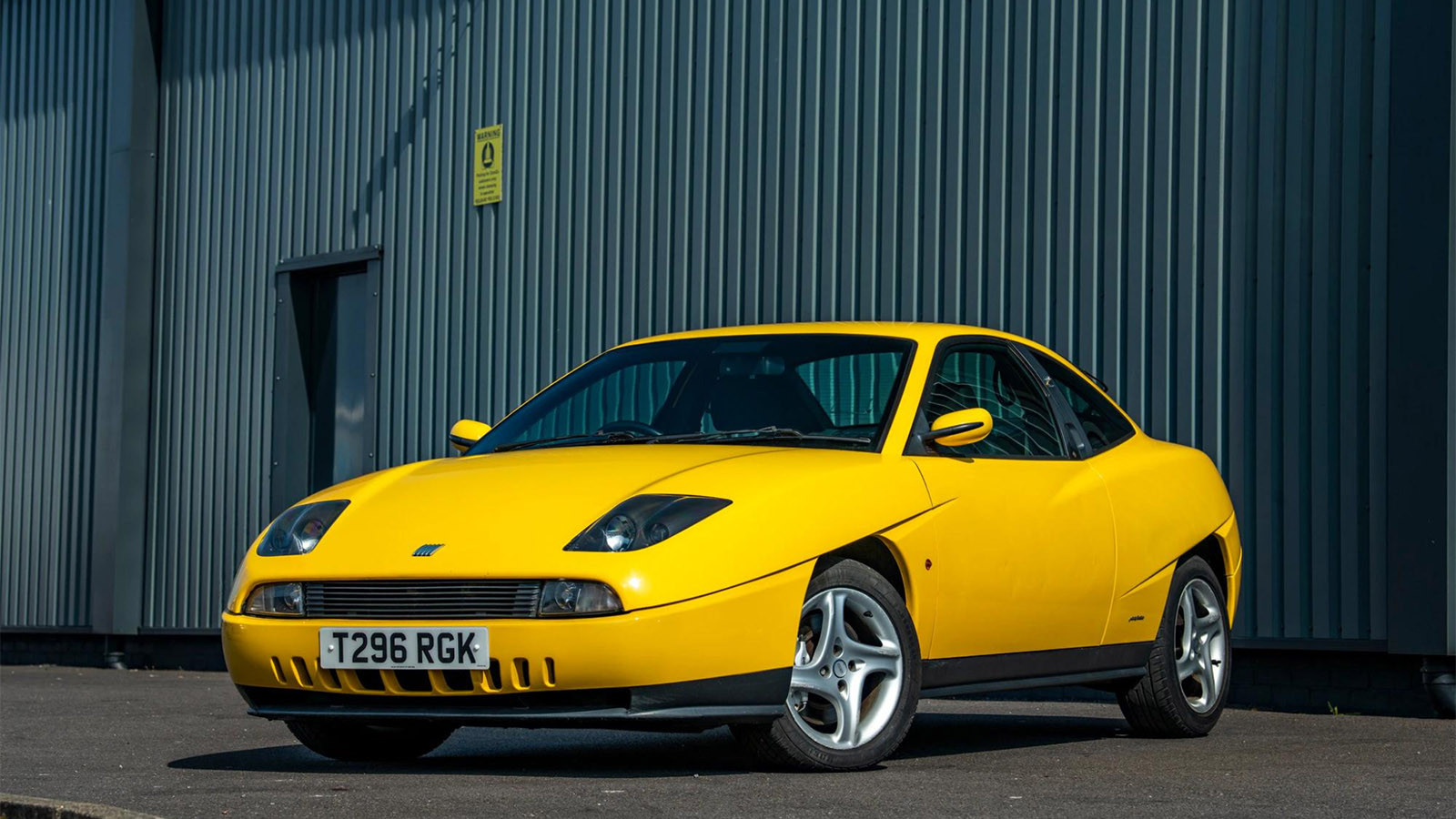 © Collecting Cars
© Collecting Cars -
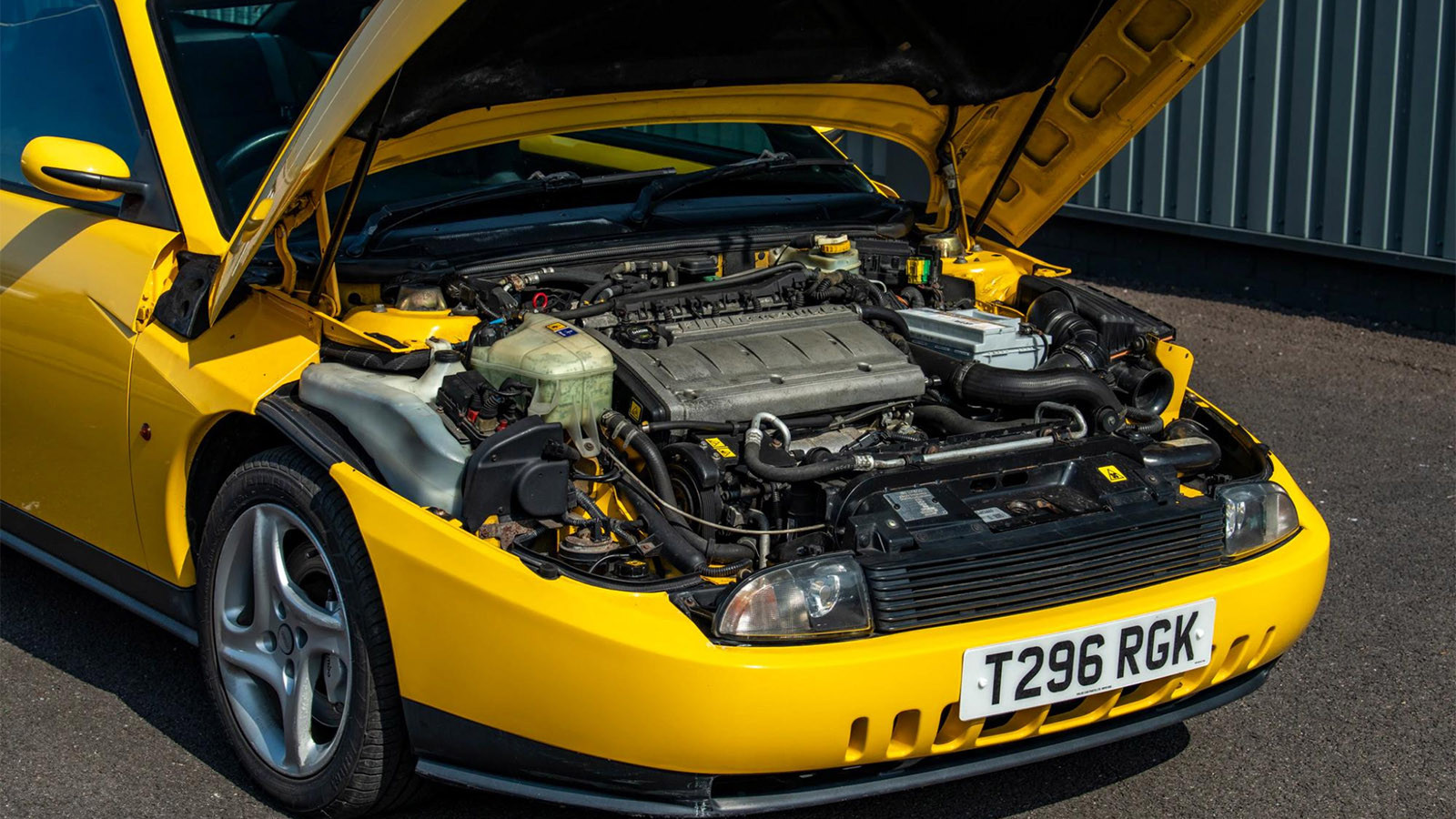 © Collecting Cars
© Collecting Cars -
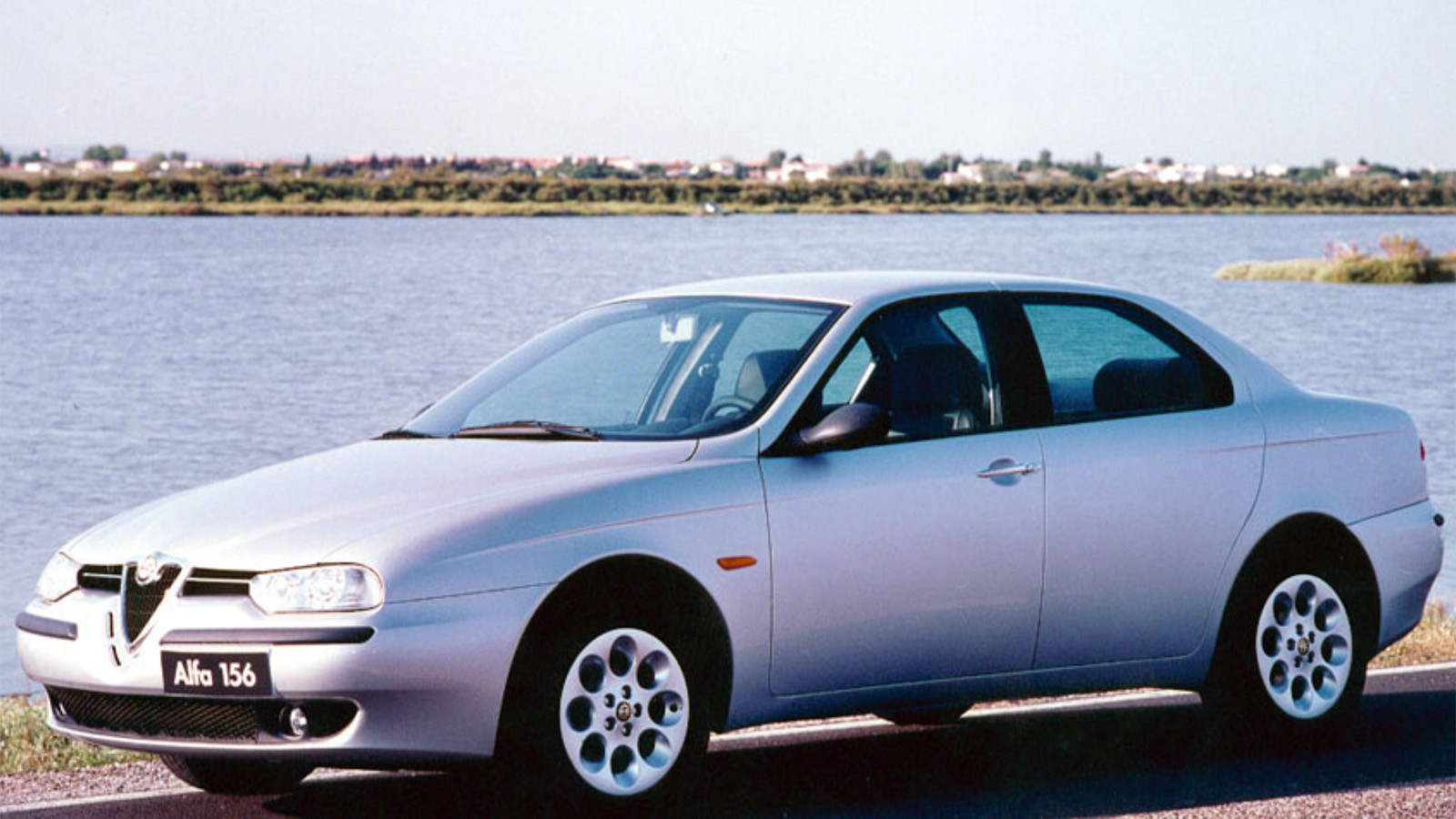 © Stellantis Media
© Stellantis Media -
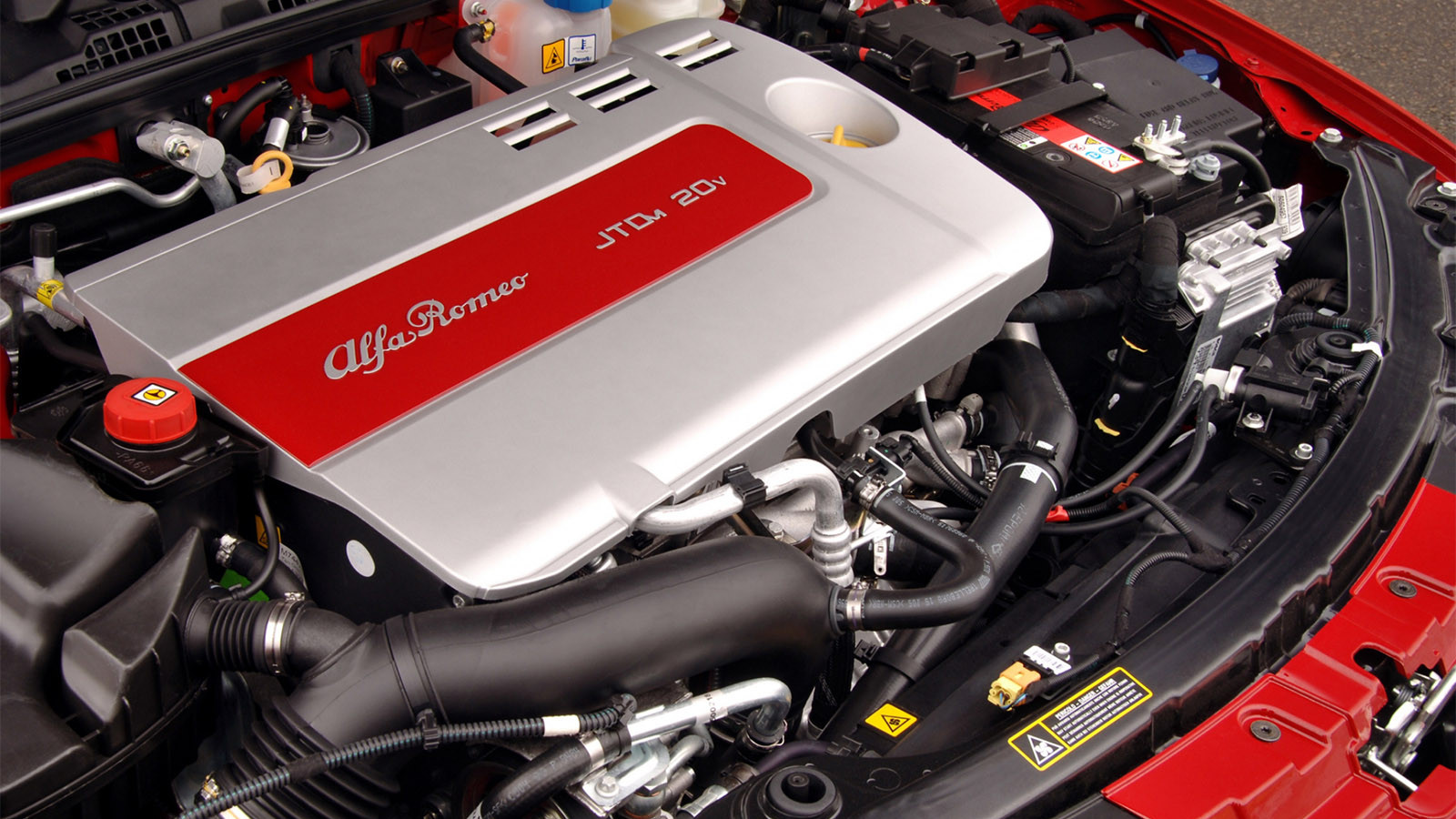 © Stellantis Media
© Stellantis Media -
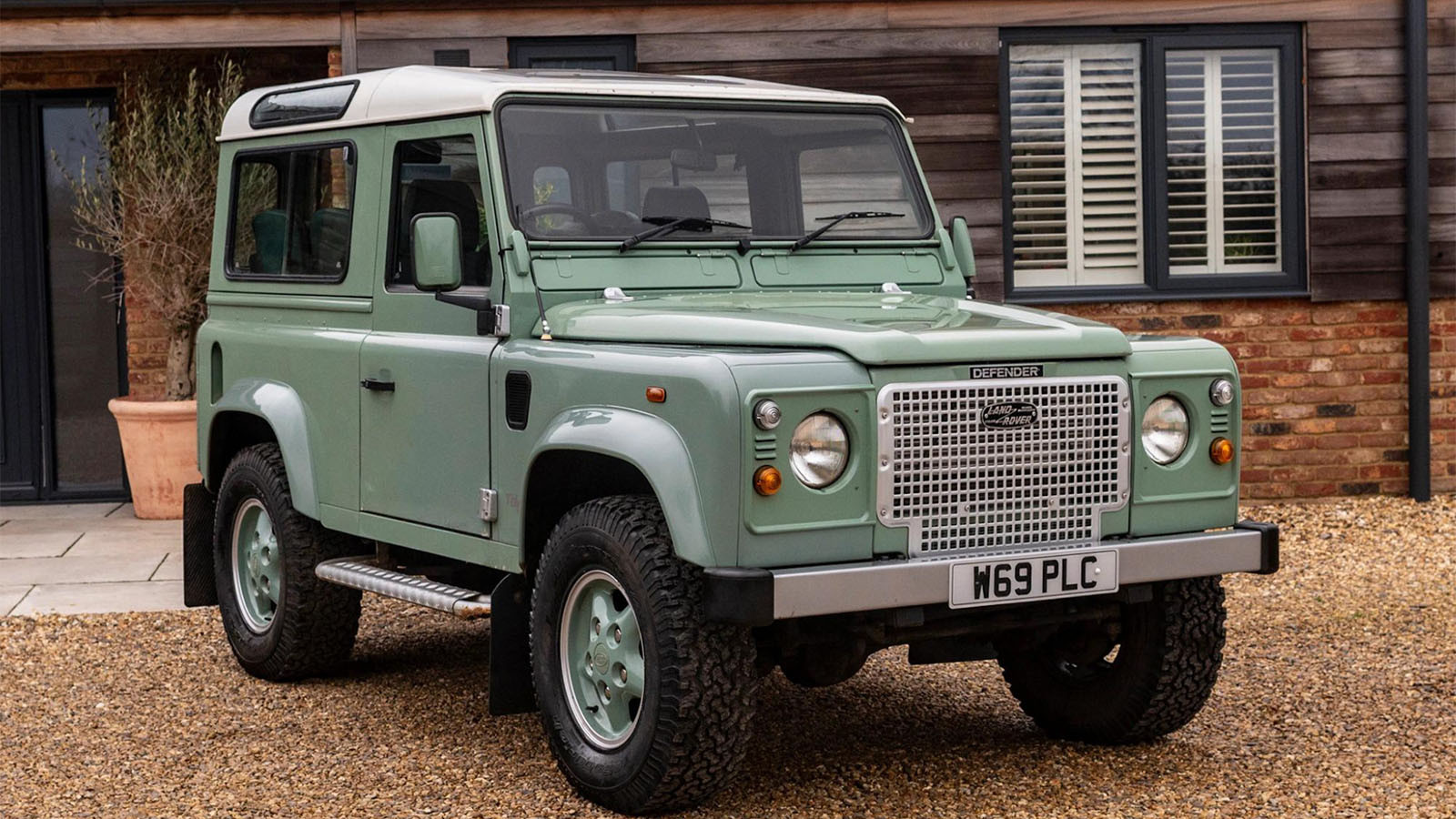 © Collecting Cars
© Collecting Cars -
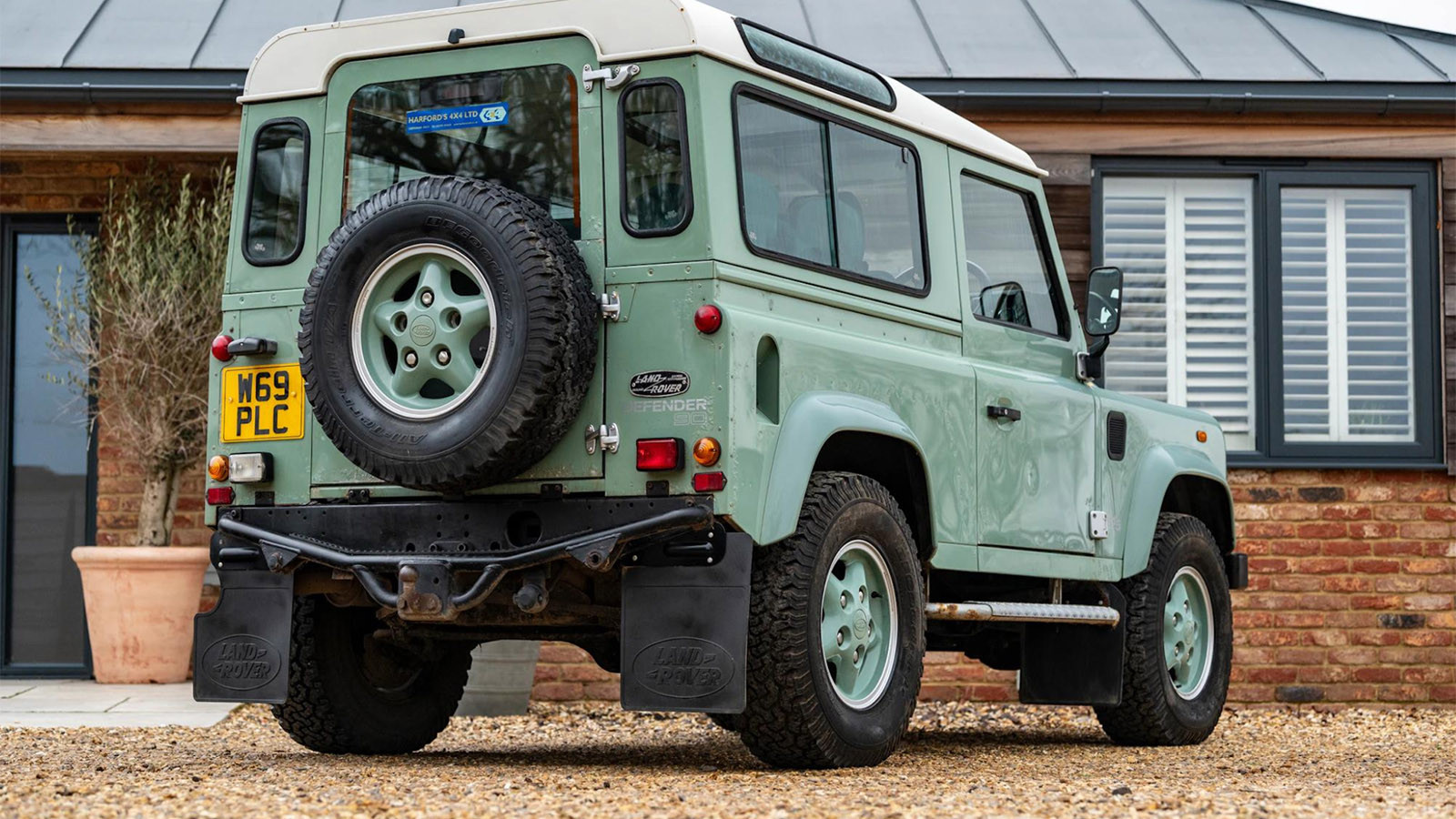 © Collecting Cars
© Collecting Cars -
 © Volkswagen Media
© Volkswagen Media -
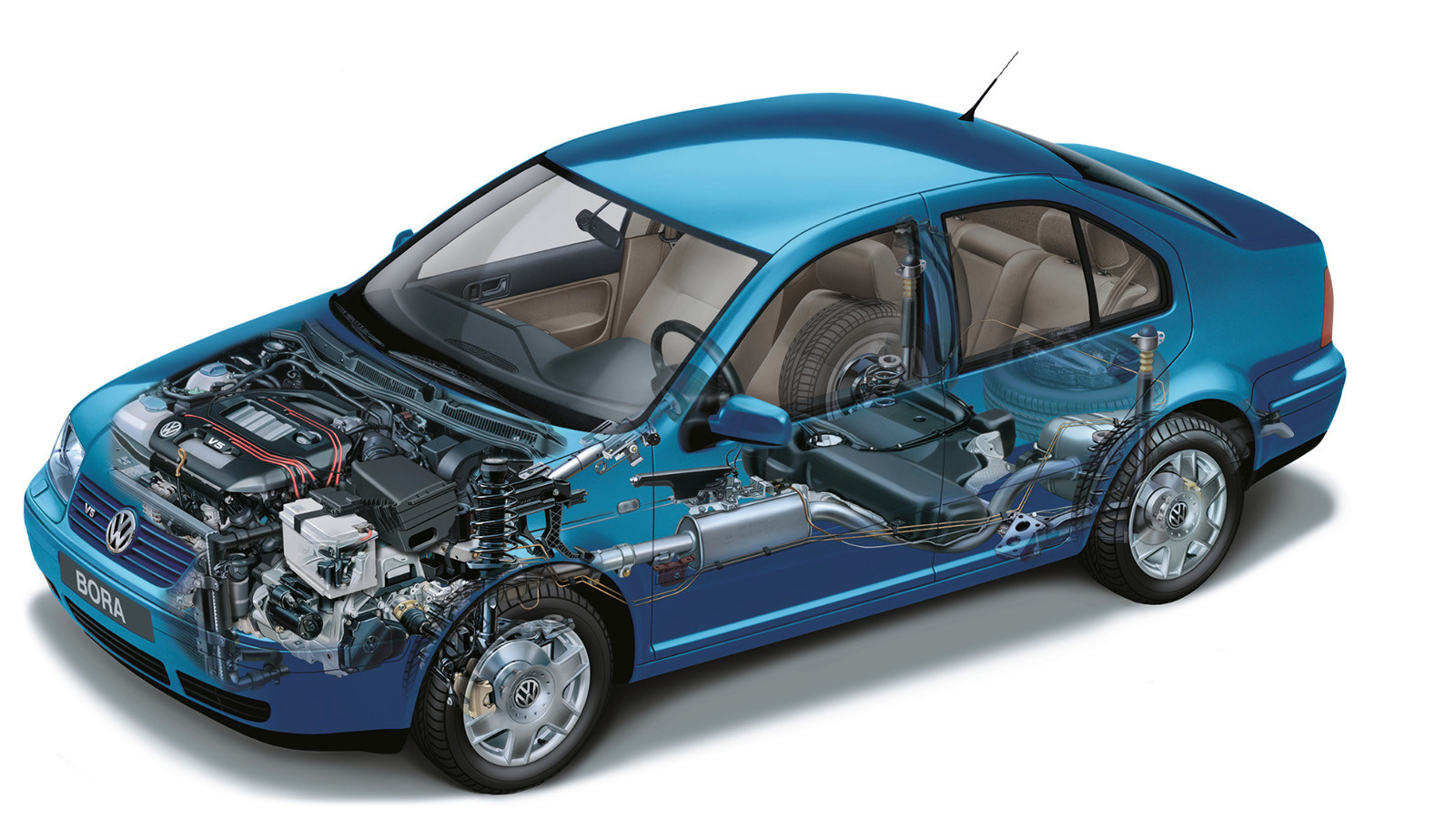 © Volkswagen Media
© Volkswagen Media -
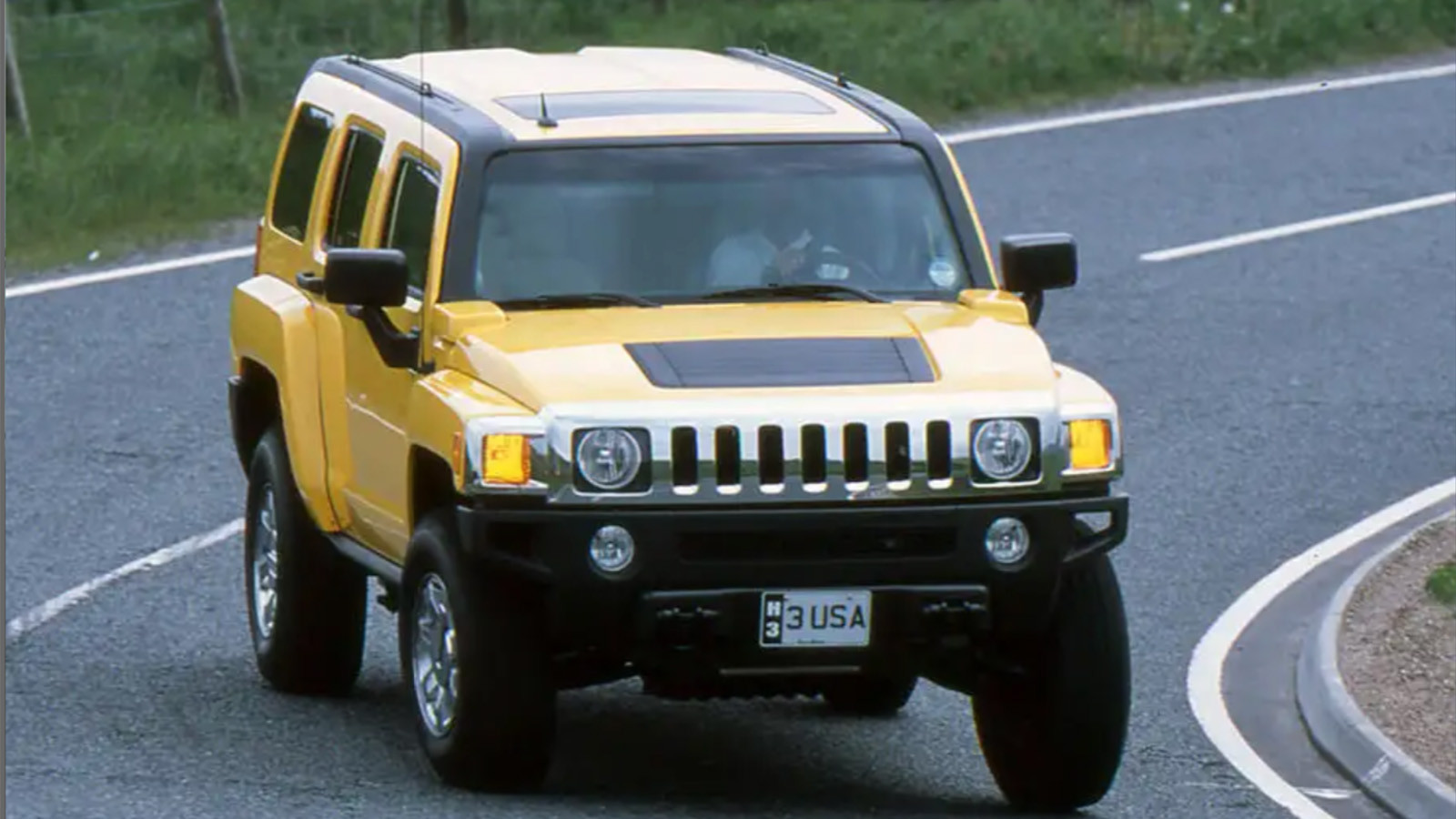 © GM
© GM -
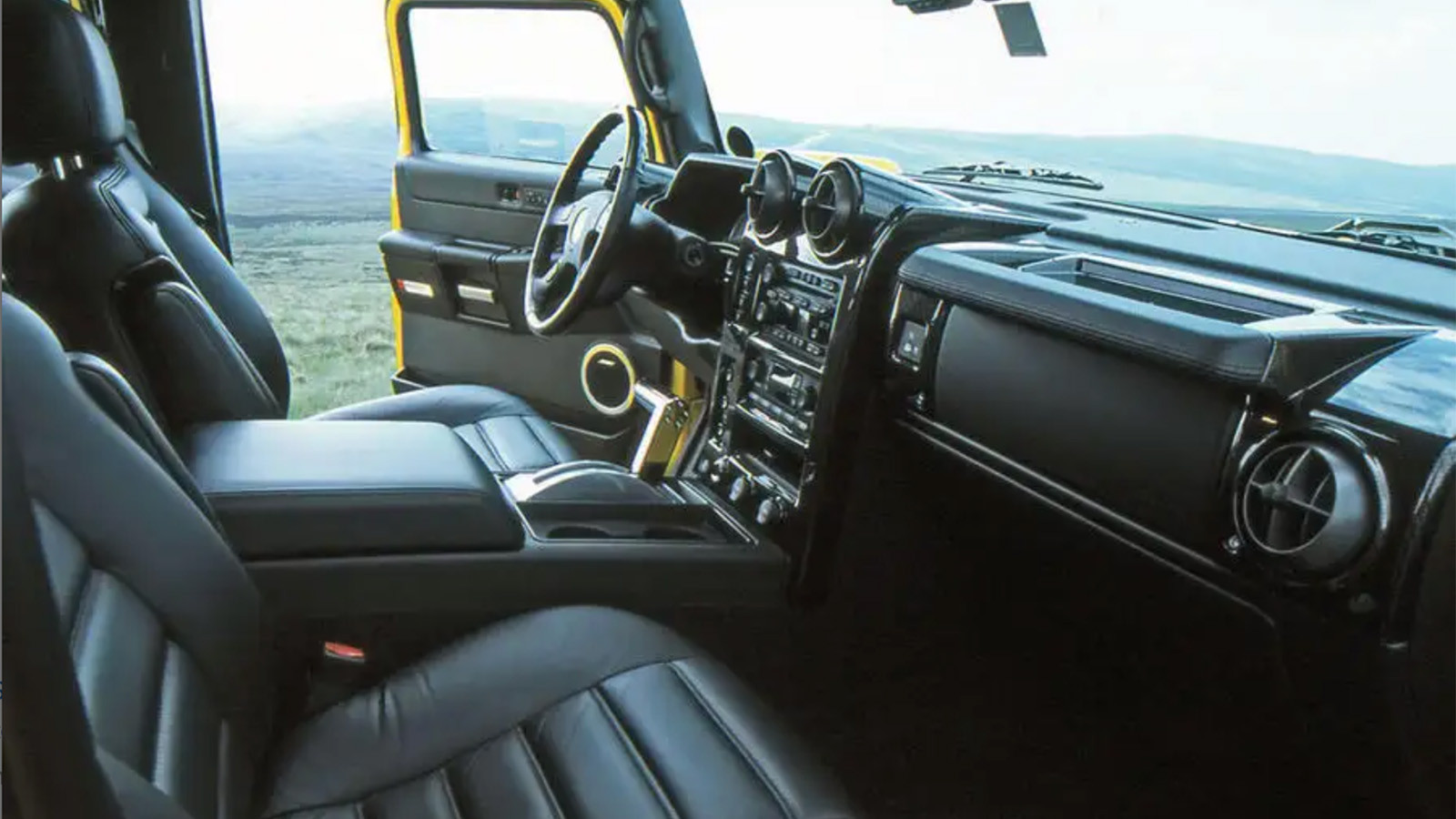 © GM
© GM -
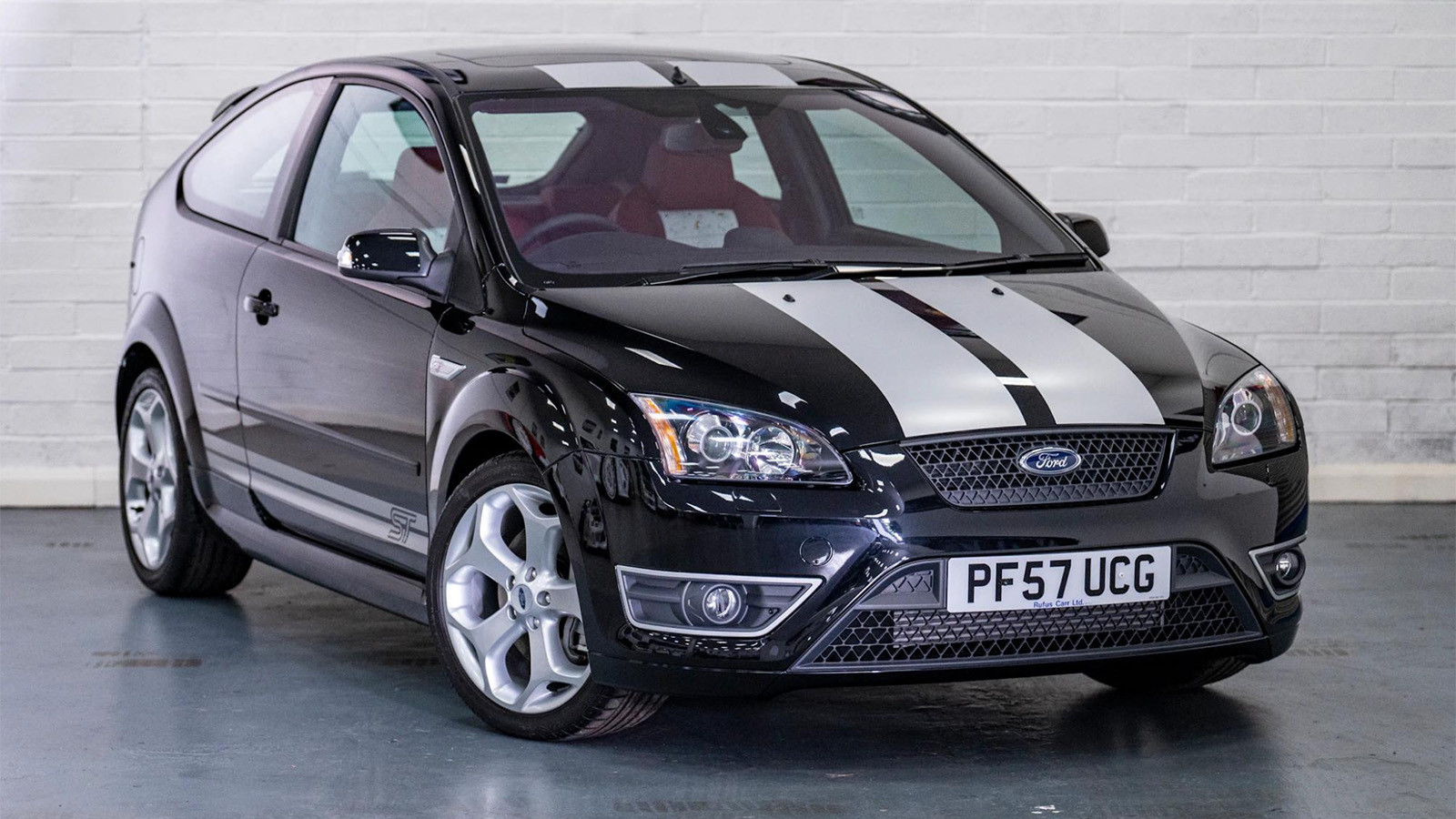 © Collecting Cars
© Collecting Cars -
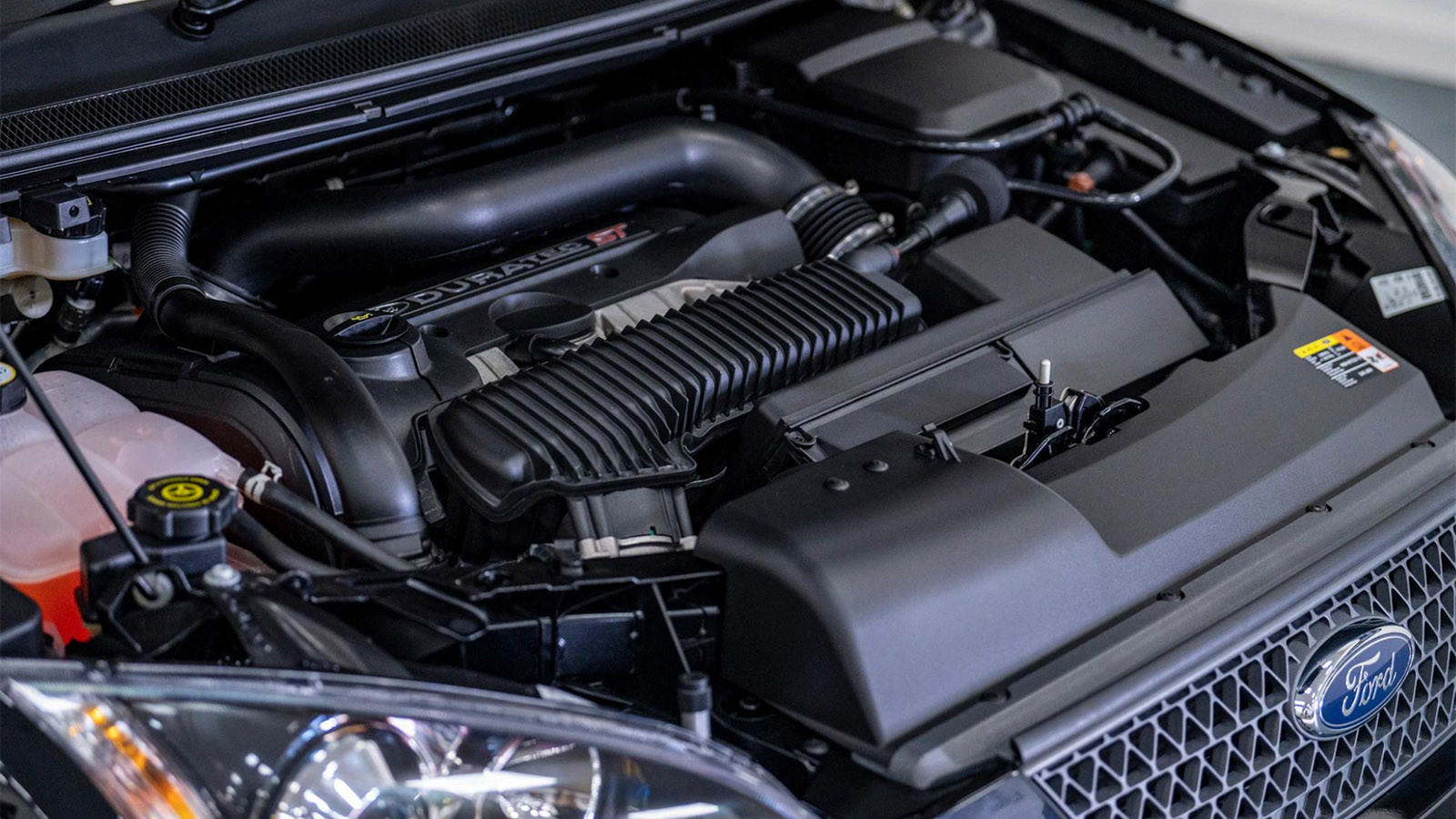 © Collecting Cars
© Collecting Cars -
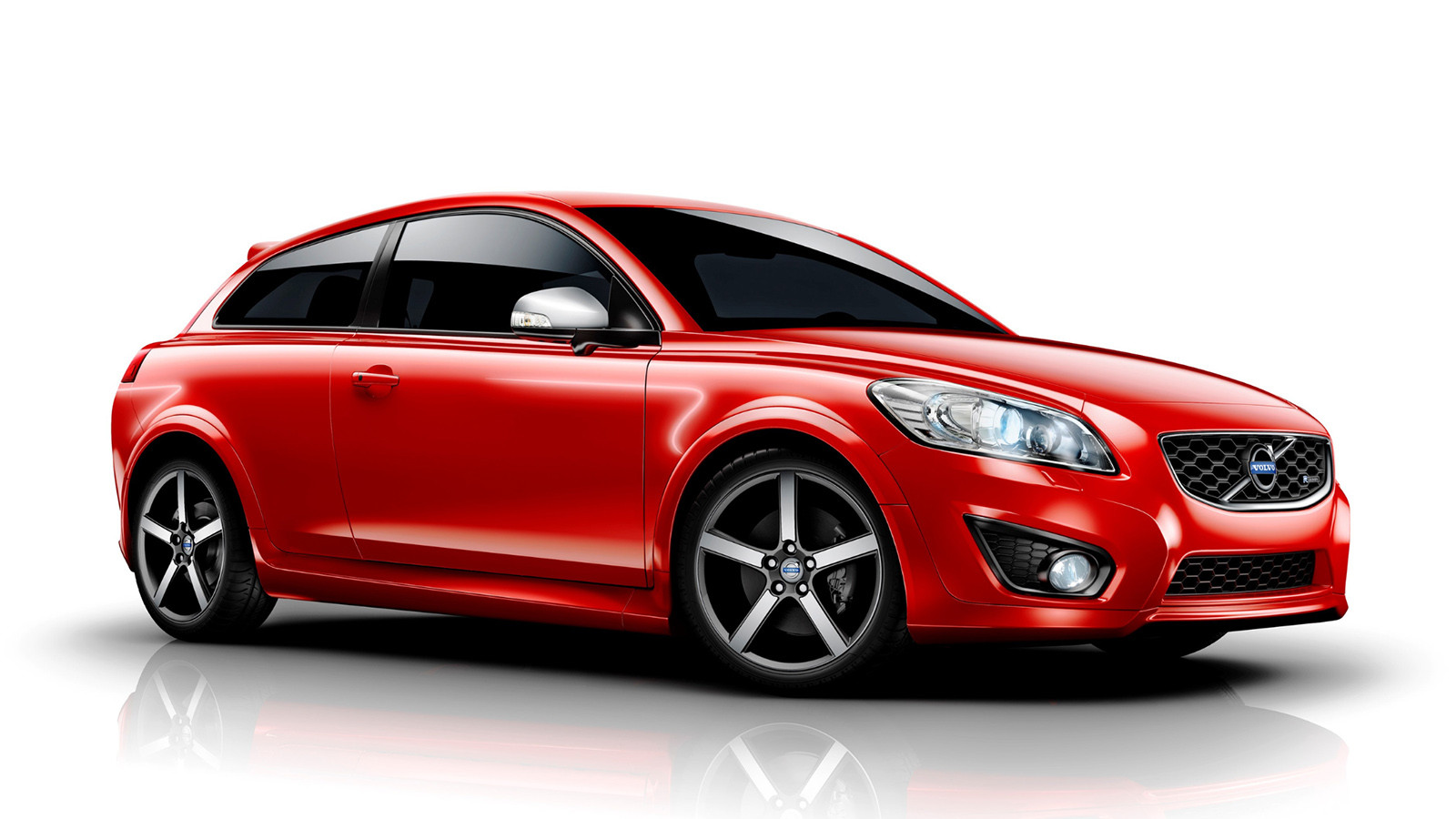 © Volvo
© Volvo -
 © Volvo
© Volvo -
 © Collecting Cars
© Collecting Cars -
 © Collecting Cars
© Collecting Cars
-
50 years of ‘fives’
Back in 1974, now 50 years ago, Mercedes-Benz was the first to put a five-cylinder engine into a series-production car.
The new turbodiesel unit allowed the Stuttgart car maker to move the game on over its straight-four units by – we’re oversimplifying here, though it’s basically true – tacking an extra cylinder on the end.
Smoother than four cylinders, shorter than a straight-six, more compact than a vee, happy to be mounted north/south or east/west, the advantages are myriad.
It is therefore no wonder that, over the years, Volvo, GM, Ford, Fiat, Volkswagen and Land Rover have all embraced the wondrously gurgly appeal of the ‘five’, both in petrol and diesel formats.
At the time of writing, Audi is the last marque standing, which is a shame, because a five-cylinder engine remains a thing of engineering and aural wonder.
Swipe through our gallery to see 12 of our five-cylinder favourites, presented in chronological order…
-
1. 1974 Mercedes-Benz W115 240D 3.0
It might be long gone from today’s range, but Mercedes-Benz was first to put a five-cylinder engine in a series-production car when it slotted the OM617 diesel motor into its W115 in 1974.
It’s known both as the 240D 3.0 and, more logically, the 300D.
A development of the 2.4-litre four-cylinder OM616 unit, performance from the new Bosch fuel-injected lump was decidedly modest at first – just 79bhp and a 0-62mph sprint that took 19.9 secs.
-
1974 Mercedes-Benz W115 240D 3.0 (cont.)
However, despite diesel’s general lack of a following in the US, this model proved popular there after the oil crisis.
And while a W115 is rare now, subsequent 123-series models are still running about, sometimes on vegetable oil.
Fitted with a turbocharger then slotted in Mercedes’ C111-III mid-engined prototype, the OM617 set efficiency records at the Nardò test track in 1978.
-
2. 1980 Audi quattro
Much like the Porsche 911 making the rear-engined layout its own, despite other manufacturers getting there first, Audi is now the sole purveyor of five-cylinder power, fitting it to its RS3 and RS Q3.
Both those high-performance models riff on the reputation of the quattro, which made its debut in 1980 and – thanks to its box arches, all-wheel drive and gurgly turbo soundtrack – captured World Rally Championship titles and the hearts of enthusiasts worldwide.
-
1980 Audi quattro (cont.)
The Audi quattro lived through to 1991, grew from 2.1 to 2.2 litres and doubled its valve count from five to 10 along the way.
But the quattro did not get the first Audi five-pot.
The car to receive that was the Audi 100 of 1976, a 2.1-litre, five-cylinder motor that’s the result of the marque’s engineers wanting to improve the performance of a ‘four’, while maintaining efficiency yet without adding the weight, size and reduced fuel economy of a ‘six’.
-
3. 1994 Volvo 850 T5
Every Volvo 850 gets five cylinders mounted transversely across the nose, but it’s the 850 Turbo, T-5 and T5-R models that transformed the marque’s reputation from maker of safe dog carriers to maker of safe dog carriers that could travel very quickly indeed.
British Touring Car Championship outings for the Tom Walkinshaw-prepped estate also helped, not to mention custard-yellow paint over anthracite wheels.
-
1994 Volvo 850 T5 (cont.)
Volvo’s 850 Turbo models produced 223bhp from a 2.3-litre B5234T5 engine, and were rebranded as the 850 T-5 from 1997.
But the 850 T5-R – first introduced in 1995 – took things up to 243bhp and added slightly more aggressive body styling.
The T5-R wasn’t quite the end of the hot Volvo 850 story, however, with the much-the-same 850 R enjoying a brief one-year run through to 1997.
-
4. 1994 Audi RS2
The RS2 was Audi’s first-ever RS model, and the one that made Ingolstadt synonymous with fast, all-wheel-drive estates – Avants in Audi speak.
Based on the 80 Avant and co-developed with Porsche (if the wheels, Brembo brakes and mirrors weren’t evidence enough, subtle badging literally spells it out), the RS2 features a four-valve, five-cylinder engine good for 311bhp, a six-speed manual gearbox and quattro all-wheel drive.
-
1994 Audi RS2 (cont.)
Autocar famously smoked one from 0-30mph in 1.5 secs – making the boxy estate faster than a McLaren F1 in a very specific set of circumstances.
Initially, the Audi RS2 looked like a cul-de-sac.
After production ceased in 1995, it took until the TT RS of 2009 for the manufacturer to bring back the five-cylinder engine.
-
5. 1996 Fiat Coupé 20v Turbo
Before Chris Bangle attracted the ire of BMW enthusiasts with his flame-surfaced design treatments, the out-of-the-box American brought us Fiat’s first new coupé for a decade.
Rather unimaginatively, it was called the Coupé (perhaps the bosses reasoned the design was radical enough).
The bonnet hinges at the windscreen, but opens to take the headlights and much of the bodywork above wheelarch height with it, clamshell-style.
-
1996 Fiat Coupé 20v Turbo (cont.)
In many cases you’ll find four-cylinder engines beneath, but the Fiat Coupé was also offered with a choice of two five-pot units from 1996.
Both displaced 2 litres and were derived from the Pratola Serra modular engine family, with the naturally aspirated version good for 145bhp, and the turbo raising the bar to 217bhp – all of it going through the front wheels.
At least the turbo got a limited-slip differential!
-
6. 1997 Alfa Romeo 156 TD
While the Fiat Group never slotted the Fiat Coupé’s petrol ‘five’ in its gorgeous 156 saloon or Sportwagon (favouring four- or six-cylinder engines), there was a five-cylinder diesel – the common-rail 2.4-litre JTD unit.
Displacing 2387cc and also found in the first Fiat Marea and Lancia Kappa, the single-cam, four-valve motor initially made 134bhp, rising to 138bhp and 148bhp.
The later Multijet unit doubled the cam and valve count to produce a healthy 173bhp.
-
1997 Alfa Romeo 156 TD (cont.)
The Multijet also produced 284lb ft torque – significantly more than the 161lb ft of all-wheel-drive V6 petrols – but was only ever offered with front-wheel drive.
When the Alfa Romeo 159 replaced the 156 in 2004, the five-cylinder unit lived on.
-
7. 1998 Land Rover Defender
Before BMW bought Rover in the mid 1990s, Rover was working on a modular range of four-, five- and six-cylinder engines, internally known as Project Storm.
But when the BMW deal was inked, the bookends were binned, leaving just the five-cylinder motor to go into both the Defender and the Discovery.
This Td5 engine had a cast-iron block, aluminium head and 2498cc, and produced 122bhp.
-
1998 Land Rover Defender (cont.)
Td5s were the first Defenders with electronic engine management and the last Defender engines to be produced at Solihull.
Factor in decent tunability and longevity, and it’s no wonder so many Defender enthusiasts still swear by them.
The Td5 unit was updated to meet tougher Euro 3 emissions standards for 2002, then discontinued in favour of parent Ford’s DuraTorq ‘four’, also known as the Puma.
-
8. 1998 Volkswagen Bora V5
Volkswagen was certainly innovating in the 1990s.
Not only did the manufacturer create the narrow-angle V6 engine that slotted into the Golf, Corrado and Vento VR6s, but it then started putting variations of them on common cranks to create the W8 and W12 motors, and even the W16 that’s been in Bugattis ever since.
You’d think it had it covered with that lot alongside the four-pot units, but then VW gave us a ‘five’ – and even more eccentricity.
-
1998 Volkswagen Bora V5 (cont.)
Volkswagen gave the world an uneven number of cylinders in a vee formation, which sounds like a terrible idea.
Golfs, Beetles, Boras, Passats and even a Seat Toledo received it.
Thankfully, the V5 wasn’t a normal sort of vee, because it was spun from the VR6 family with just a 15-degree angle between the banks and a common cylinder head, but there are still three cylinders on one bank and two on the other.
-
9. 2005 Hummer H3
If you’re looking at the Hummer H3 and thinking it’d struggle to move with anything less than eight cylinders, it’s worth noting that the H3 is significantly smaller and lighter than its H2 and H1 siblings, based as it is on the GM Canyon chassis.
And these days, sadly, an SUV weighing a bit more than two tonnes isn’t particularly unusual.
So while the 3.5-litre GM ‘five’ isn’t exactly punchy, it is enough to haul the Hummer from 0-62mph in a pretty respectable 11 secs, or thereabouts.
-
2005 Hummer H3 (cont.)
It also officially came to the UK as a fully type-approved, warrantied, right-hand-drive model.
And – as Autocar noted in its 2007 test – ‘will tackle terrain that would defeat even a Land Rover Defender’ and is ‘shorter even than a Ford Mondeo estate’ at 4782mm (188in) long.
-
10. 2006 Ford Focus ST
Today, the Mk2 Ford Focus ST is something of a forgotten gem.
The Recaro seats are as comfy as the compliant suspension, and that five-cylinder engine is a gurgly, boosty masterpiece.
With 2.5 litres and derived directly from Volvo’s B5254T3 engine (Volvo was part of Ford’s Premier Automotive Group in the mid-2000s), the ST’s five-pot made 217bhp at 5000rpm, which was a little ahead of its Honda Civic Type R rival of the time.
-
2006 Ford Focus ST (cont.)
Thing was, the Ford Focus ST’s 240lb ft torque was in another league, with all of it served from just 1500rpm right through to 4800rpm. (The Civic made just 142lb ft at 5600rpm).
Then all of it went through the front wheels with predictably torque-steery consequences.
Today, these are great-value modern-classic cars – just as well, given the fuel economy is so atrocious (averaging 25mpg is cause for celebration).
-
11. 2006 Volvo C30 T5
If the Ford Focus ST is a forgotten gem, the Volvo C30 T5 is its brother from another mother/sister from another mister – and even more under the radar.
Based on the same platform as the Focus, the C30 rides and handles nicely, and its Simon Lamarre styling has aged well.
We’re particularly fond of the pronounced wheelarches, the barrelled body sides and, most of all, the glass tailgate that riffs on the P1800 ES shooting brake.
-
2006 Volvo C30 T5 (cont.)
So all C30s look good, but the T5 is the best of the bunch, with its more purposeful appearance, twin tailpipes and five-cylinder gurgle.
Its B5254T3 engine is the same as the Focus, and made a fraction less initially at 217bhp, but stretched to 227bhp in 2007 with the revised B5254T7).
Unlike the Focus, the Volvo is offered with an optional automatic gearbox, too.
Want a more frugal ‘five’? Other C30s were available with a 2.4-litre, five-cylinder, turbodiesel engine.
-
12. 2009 Ford Focus RS
Follow-up to the four-pot Mk1 with its feisty limited-slip differential, the Mk2 Ford Focus RS stepped up to five-cylinder muscle and hiked power all the way from the original’s 212bhp to a huge 300bhp – still putting it all to the front wheels, too.
Ford’s RevoKnuckle front suspension and Quaife limited-slip differential helped tame all that, but it was still a punchy package.
Development boss Jost Capito (who’s also worked at the McLaren and Williams Formula One teams, and on VW’s World Rally Championship campaign) famously likened the RS to a shark, where its less-powerful ST sibling was a dolphin. Which was weird. But we definitely knew what he meant.
-
2009 Ford Focus RS (cont.)
The Ford Focus Mk2 bowed out with the RS 500 in 2010, taking power to 345bhp with a thuggish 339lb ft torque.
Its replacement was even more capable, but switched back to four-cylinder power and added all-wheel drive.
Naturally, the RS 500 carried a premium new and is the most sought-after model today (just 101 came to the UK).
